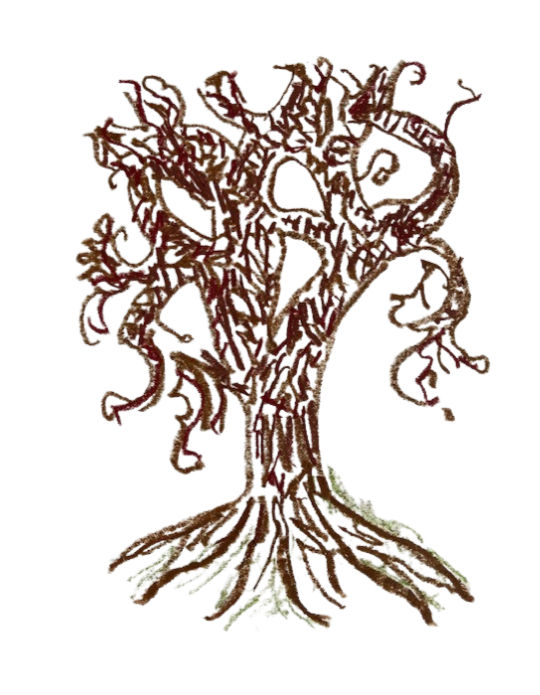Yoga 101
- Linda

- Sep 30
- 2 min read

“Now the exposition of yoga is being made.”
-The Yoga Sutras of Patanjali, 1.1
The shortest-ever introduction to the vast yoga system
What is yoga?
Yoga has been called a science and a spiritual practice. That’s because, in addition to the physical postures, yoga is comprised of multifaceted, interwoven practices including breathwork, ethics and personal observances, and others. It’s a daily and lifelong practice. For me, yoga is a system for living my best life – come what may. Breath-by-breath.
What’s in a name?
The Sanskrit word yoga means union or yoke, like the yoke that joins cart to the oxen. The ox-driven cart is a metaphor for our practice that unifies body, mind and spirit (however you understand this for yourself).
“Whatever leads us toward unity is yoga. . .Whatever causes separation within ourselves or with others is not yoga.” -Susanna Barkataki

Yoga is ancient. Really, really ancient.
Yoga’s date of origin is unknown. However, archaeologists identified Indus Valley cave paintings and carvings of meditators seated in the yogic meditation posture (sukhasana) dating between 5,000 - 3,000 BCE. Later, the system was codified in The Yoga Sutras, attributed to Indian sage Patanjali (circa 500 BC - 400 AD). Patanjali’s 196 Sanskrit verses synthesize and organize yoga into a slim practice manual. And scholars believe that these sutras describe a practice derived from an older, established tradition.

The way to calm the mind is through the eight limbs of yoga.
Although yoga appears to be an external body practice, most of the practice is subtle and internal! The eight limbs comprising the yoga system are guidelines, guide rails, and a way of life. There are five aspects of ethical conduct and self-regulating behaviors called yamas (non harming, truthfulness, non stealing, non excess, and non possessiveness). Personal practices (niyamas) include self-discipline and spiritual observances (purity/wholesomeness, contentment, self-discipline, self-study, and surrender). The many postures (asanas) are beyond my counting. (I learned the cues for 75 poses in my initial yoga teacher training.) There’s breathwork (pranayama), turning inward, concentration, meditation, and finally samadhi (variously meaning freedom, interconnection, and inner peace).
The eight limbs function as an integrated system to unify and settle the heart-mind. As I explore the path of yoga I find more and more to learn, and more to share. And more to develop as a student and a teacher.

Sources:
Yoga Revolution, by Jivana Heyman, Shambhala, 2021
The Yoga Sutras of Patanjali, Translation and commentary by Sri Swami Satchidananda, Integral Yoga, 1978
The Yamas & Niyamas, by Deborah Adele, On-Word Bound Books, 2009





Comments